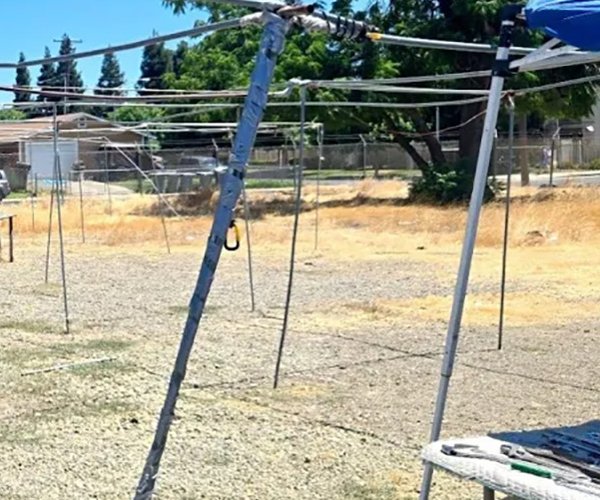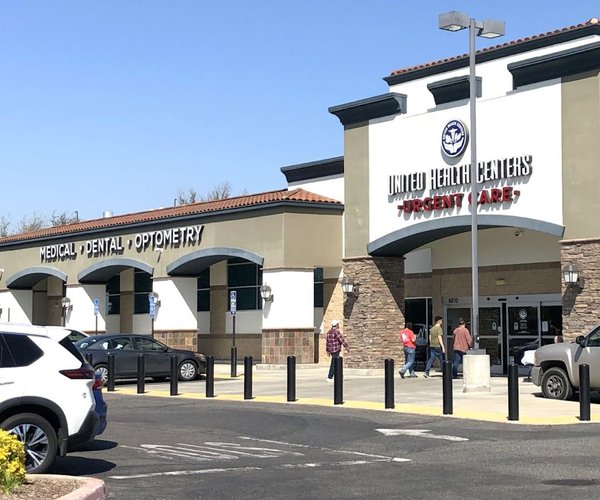Four residential streets in Turlock will soon win the road construction lottery, as the Turlock City Council decided to change the way roadway projects are selected.
City Council: Let’s put local roads first


Latest
-
 Council set to renew Parent University partnership, consider becoming a charter city
Council set to renew Parent University partnership, consider becoming a charter city -
 Sikh leaders cheer California anti-intimidation bill proposed by Merced legislators
Sikh leaders cheer California anti-intimidation bill proposed by Merced legislators -
 ICE raids impacting local economy
ICE raids impacting local economy -
 Valley health clinics brace for impact to services, patients from Medicaid provisions of Trump’s ‘Big Beautiful Bill’
Valley health clinics brace for impact to services, patients from Medicaid provisions of Trump’s ‘Big Beautiful Bill’
